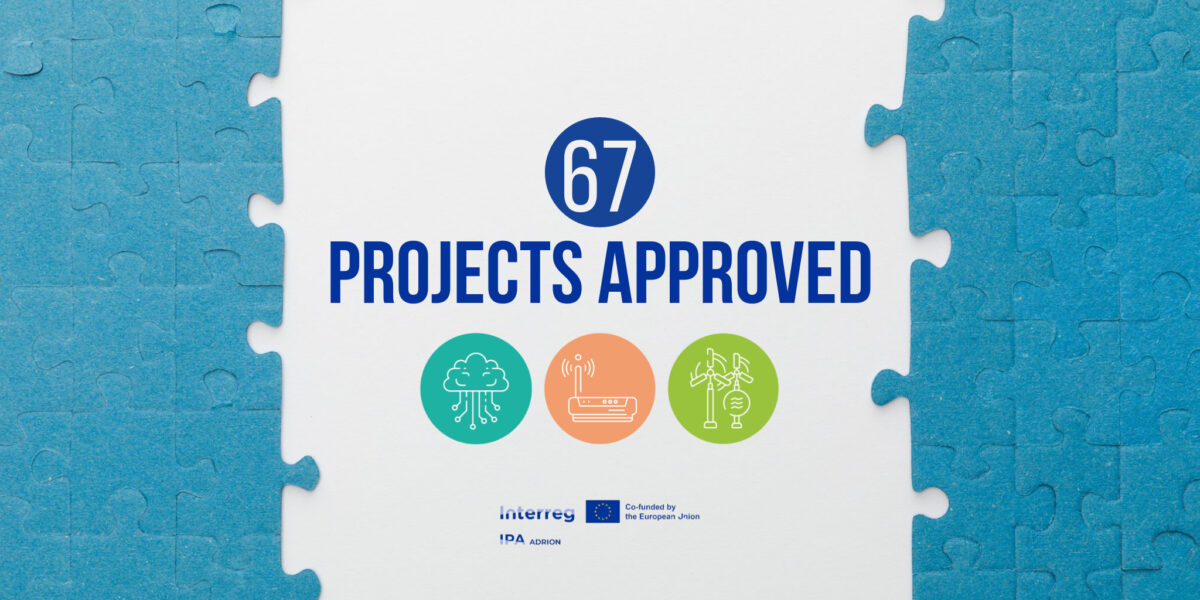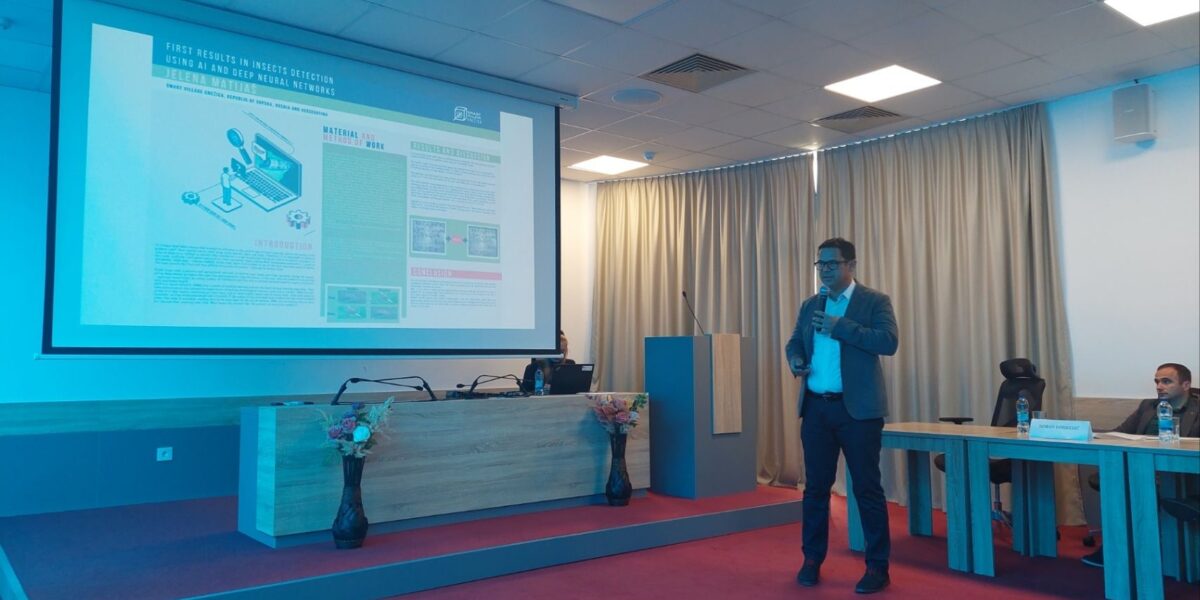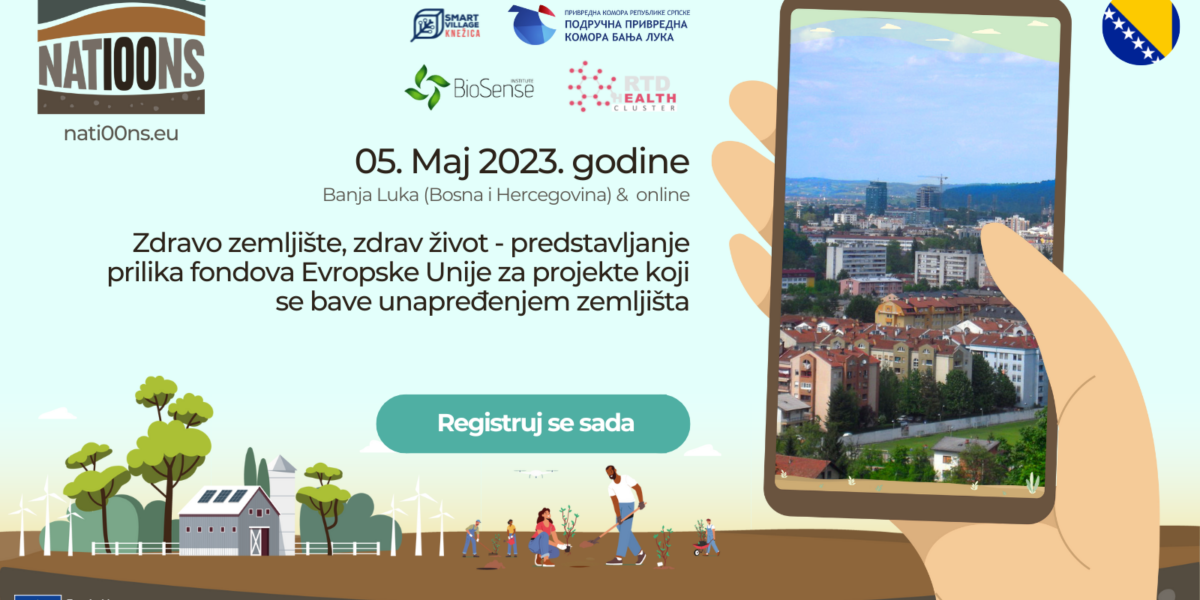Smart Village will be a “creative oasis”, a place where motivated experts of various profiles will find ideal conditions for testing new social and technological concepts. At the local level, Smart Village will enable close communication and cooperation between the researchers, policy-makers and the farmers.
We see it as place where local people and policy-makers at different levels are testing innovative solutions to some of the major challenges of rural life. They refer to local circumstances targeting most priority local needs –referring to organization of local products commerce, agricultural cooperation, transportation, health care and other.
Within the Smart Village settlement, it is planned to establish demo-plots with agricultural crops that will be the subject of study. Demo plots will serve the purpose of testing new production concepts and applying new technologies in practice. Demo plots will be spatially and functionally integrated into the settlement in order to provide ideal conditions for conducting field trials, experiments, field events, etc. Emphasis will be placed on rapid testing of new solutions and their verification in practice. At this place, farmers will be able to see a concrete example of how an innovative solution works in practice. They will have the opportunity to get acquainted with new varieties and plant species that are grown in our conditions for the first time, as well as to get acquainted with the results of innovations in plant cultivation, whether it is the application of ICT or breeding methods taken from integral, organic or biodynamic production. They will be able to talk to agricultural experts on a daily basis.
The Smart Village environment should provide direct and unencumbered communication between all stakeholders involved – growers, agriculture professionals, policy-makers and others.
Flexibility Our goal is to create conditions for testing and implementation of fast solutions that can offer an answer to a given problem in production, in accordance with the available local resources and capacities.
Reducing production costs based on increasing productivity. Reducing production costs should be a continuous process in which different actors (researchers, local producers, local government representatives, the population) work together to find the most productive solutions taking into account local conditions. Increasing productivity can be achieved in several ways and some of them are: introduction of new technologies of processing and processing of animal feed, introduction of varieties resistant to the most important, vegetable production (e.g. hydroponic growing, responsible land management, application of precision agriculture, IoT, big amount of data, artificial intelligence, sensors and microcontrollers).





